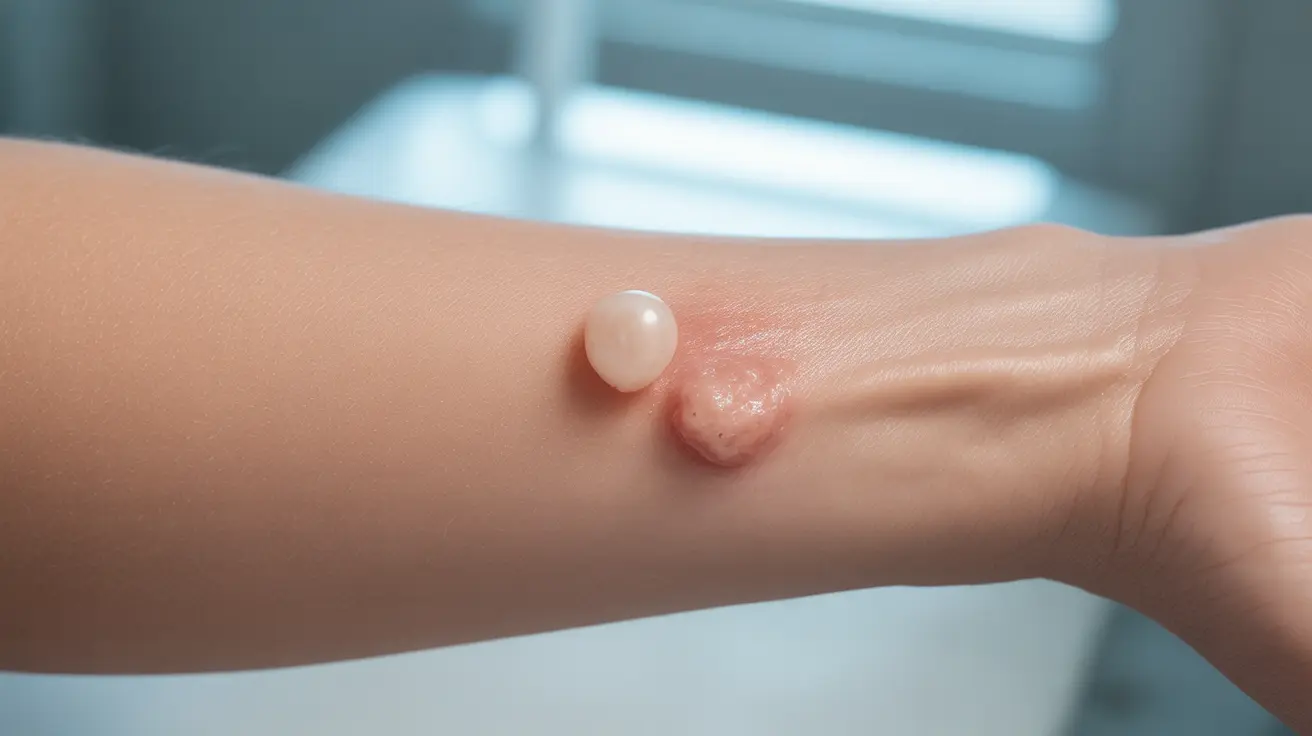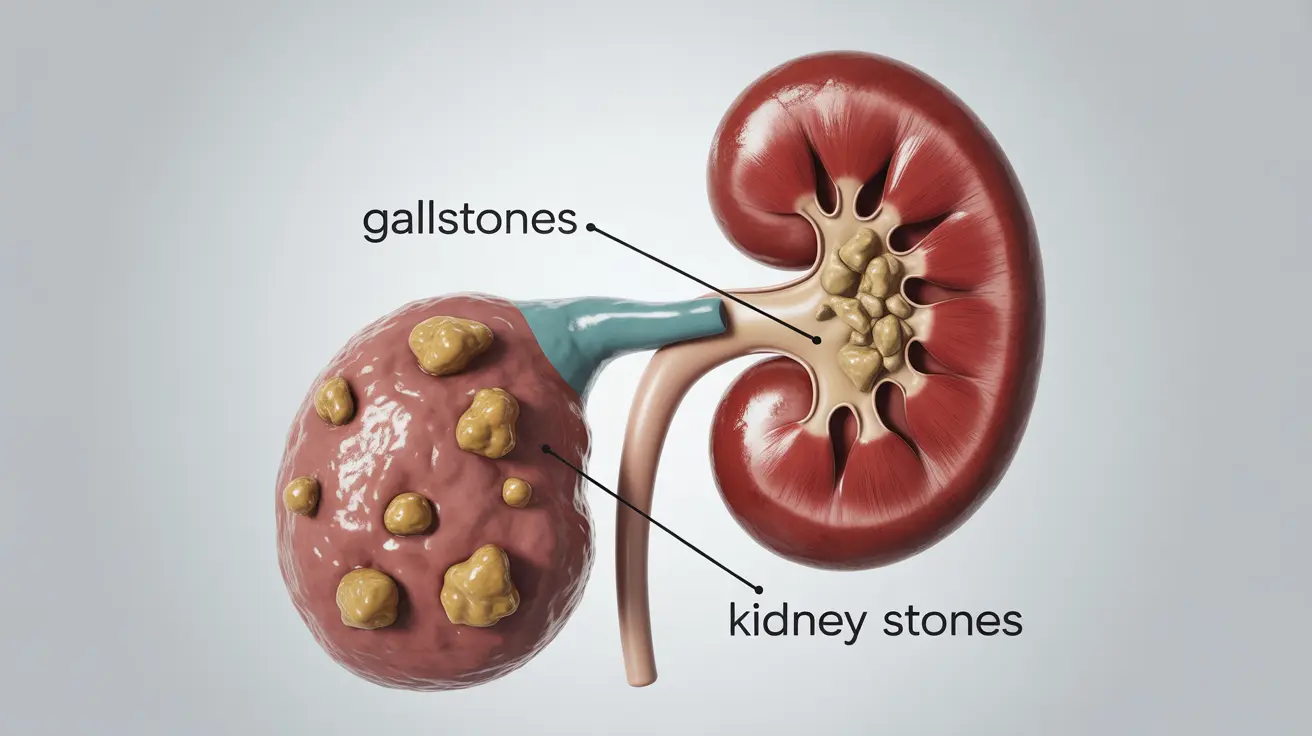Body modification has been a part of human culture for thousands of years, with genital piercings representing one of the more intimate and complex forms of personal expression. The Prince Albert piercing, in particular, stands out as a unique and potentially risky type of genital modification that requires careful consideration and expert understanding.
This comprehensive guide will explore the intricacies of Prince Albert piercings, providing essential information about their history, potential health implications, and critical care instructions for those considering or recovering from this type of body modification.
Understanding Prince Albert Piercings
A Prince Albert piercing is a specialized genital piercing that involves inserting jewelry through the urethra and exiting at the underside of the penis glans. This intimate form of body modification has deep historical roots, with references dating back thousands of years across various cultural practices.
Historical and Cultural Context
Contrary to popular belief, the term "Prince Albert" isn't definitively linked to Queen Victoria's consort, but has become a widely recognized name for this specific type of genital piercing. The practice of genital piercing extends far beyond modern Western culture, with archaeological evidence suggesting similar modifications existed in various indigenous societies for thousands of years.
Potential Health Risks and Considerations
While aesthetically appealing to some, Prince Albert piercings come with significant medical risks that potential recipients must carefully evaluate. Understanding these risks is crucial for making an informed decision about this type of body modification.
Neurological and Functional Risks
- Potential nerve damage affecting sexual sensation
- Risk of erectile dysfunction
- Possible reduction in penile sensitivity
- Potential for chronic pain or temporary penile anesthesia
Infection and Healing Complications
The intimate and moisture-rich environment of genital piercings creates an ideal breeding ground for potential infections. Proper hygiene and meticulous aftercare are absolutely essential to minimize these risks.
Specific Medical Concerns
- Increased risk of urinary tract infections
- Potential development of urethral fistulas
- Complications with condom usage
- Potential allergic reactions to piercing materials
Proper Care and Healing Protocol
Successful healing of a Prince Albert piercing requires strict adherence to professional medical guidance and rigorous hygiene practices. The following steps are critical for minimizing complications and promoting safe recovery.
Initial Care Recommendations
- Select a professionally licensed and experienced piercing specialist
- Use high-quality, hypoallergenic jewelry materials
- Maintain strict personal hygiene
- Follow precise cleaning protocols
- Avoid sexual activity during the healing period
Cleaning and Maintenance
Proper cleaning involves using a specialized saline solution and avoiding harsh chemicals. Gentle, consistent care is paramount during the healing process, which can typically take three to six months.
Frequently Asked Questions
What are the potential risks and complications associated with a Prince Albert piercing?
Risks include nerve damage, potential erectile dysfunction, urinary complications, increased infection risk, and possible allergic reactions to piercing materials. Consulting with a healthcare professional before proceeding is strongly recommended.
How do you properly care for a new Prince Albert piercing to minimize infection risks?
Use a sterile saline solution for cleaning twice daily, avoid swimming or bathing during initial healing, wear clean, breathable underwear, and handle the piercing only with freshly washed hands. Follow all aftercare instructions provided by your professional piercer.
Can a Prince Albert piercing increase the risk of sexually transmitted infections during sex?
Yes, piercings can potentially increase STI transmission risks by creating additional entry points for pathogens. Using protection and getting regular sexual health screenings is crucial.
What are the common symptoms of infection that I should watch for after getting a Prince Albert piercing?
Watch for signs such as excessive redness, swelling, persistent pain, unusual discharge, fever, or difficulty urinating. Any of these symptoms warrant immediate medical attention.
Is it safe to use condoms with a Prince Albert piercing, and how might it affect their effectiveness?
Condom use can be complicated by genital piercings. Piercings might increase tear risks or create potential weak points in condom integrity. Consulting with a healthcare provider about safe sexual practices is recommended.
Ultimately, while Prince Albert piercings can be a form of personal expression, they require careful consideration, professional guidance, and meticulous care to ensure both aesthetic satisfaction and personal health.




